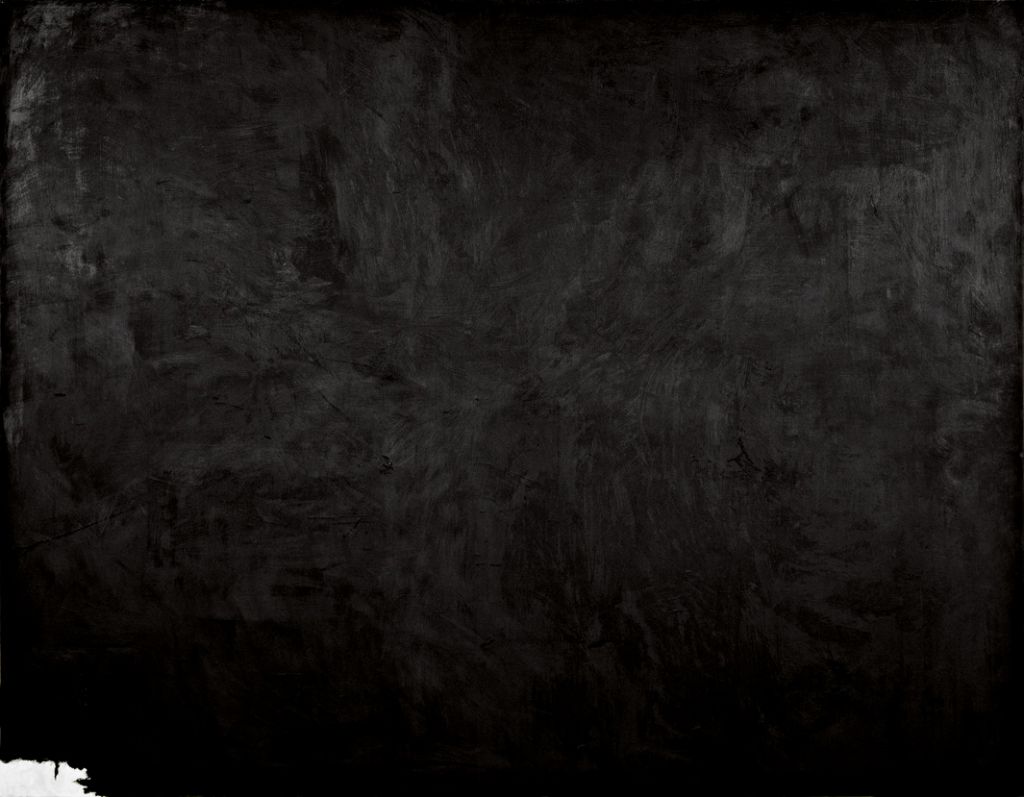Mother’s Room
1995–97Oil and tempera on linen17 panels
In the years around 1980 Francesco Clemente was one of a group of young Italian painters who broke free from the sterile abstraction of Minimalism and the humble materialism of Arte Povera, art movements that had pronounced painting, especially figurative painting, dead. The painting revival that began in Italy sparked an international stylistic shift that persisted throughout the 1980s and involved artists such as Georg Baselitz, Anselm Kiefer, and Julian Schnabel. Known broadly as Neo-Expressionism, this movement revitalized painting and brought back individual expression by using sensuous color, gestural technique, narrative content, and the human figure on a grand scale.
Mother's Room (La stanza della madre) was a commission for the inauguration of the Guggenheim Museum Bilbao. This group of 17 panels evokes the large-scale decorative murals of Medieval and Renaissance palaces. As is usual with Clemente, elements from previous works reappear here. The artist's recurrent motifs preclude a strictly linear reading of stylistic development in his oeuvre and serve as a visual lexicon linking one work to the next. References to elemental forces—earth, water, fire, and air—are juxtaposed with symbolism from Indian culture, religious history, and astrology. In Mother's Room, Clemente used a stage backdrop from the 1920s as his canvas. The patches in the material and its faded background design serve as the basis for the painting and enhance the lyricism of the work. The word stanza (room) in the work's title brings to mind Renaissance stanze, rooms that provided refuge from the outside world.
Clemente's metaphorical vocabulary is deeply rooted in the body, and his many variations on the human form indicate its primacy as a symbol for how he envisions the world. Representing wholeness and fragmentation, freedom and constriction, the body is Clemente's ultimate vehicle for expressing life's dualities, especially in the many portraits and self-portraits produced throughout his career. In much of Clemente's work, eyes and genitals are prominent. For him, these sensitive regions serve as channels between the interior realm of the psyche and the exterior world of nature and culture. An artist with close ties to Italy, the United States, and India, Clemente has always used the influence of other cultures as well as his own to explore the interface between self and surroundings.
Original title
La stanza della madre
Date
1995–97
Medium/Materials
Oil and tempera on linen
More info
10 panels: 239 x 480 cm 2 panels: 360 x 480 cm 2 panels: 90 x 518 cm 2 panels: 90 x 400 cm 1 panel: 119 x 480 cm
Dimensions
17 panels
Credit line
Guggenheim Bilbao Museoa
Perspectives
Mother’s Room, by Francesco Clemente
Fashion designer Alejandro Gómez Palomo and curator Maite Borjabad walk us through the multiple symbolic elements that can be found in Francesco Clemente’s Mother’s Room (La stanza della madre, 1995–97), an enigmatic series of seventeen panels resembling the murals in medieval and renaissance palaces.






